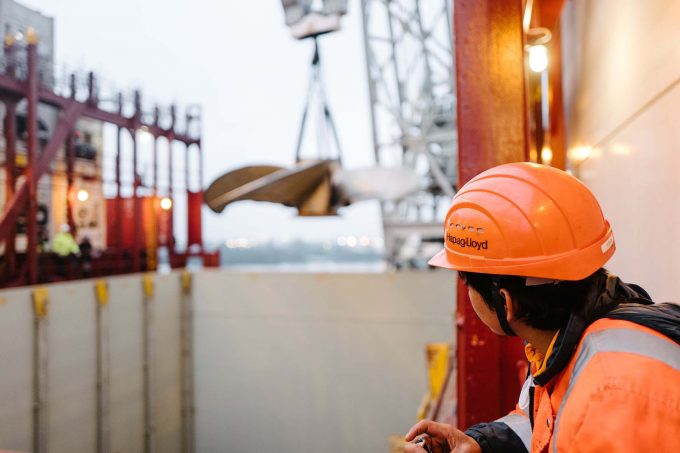Transpacific set to see record level of ship capacity in July as rates crash
The transpacific trade continues to descend into something akin to chaos – with major deepsea ...

The continuing struggle by container lines to fill ships means the project and breakbulk shipping sector is in for more of the “worst market conditions for over 10 years”.
And according to Drewry, there will be no let up of the “dreadful” trading seen in 2015.
Following the recent ...

Comment on this article